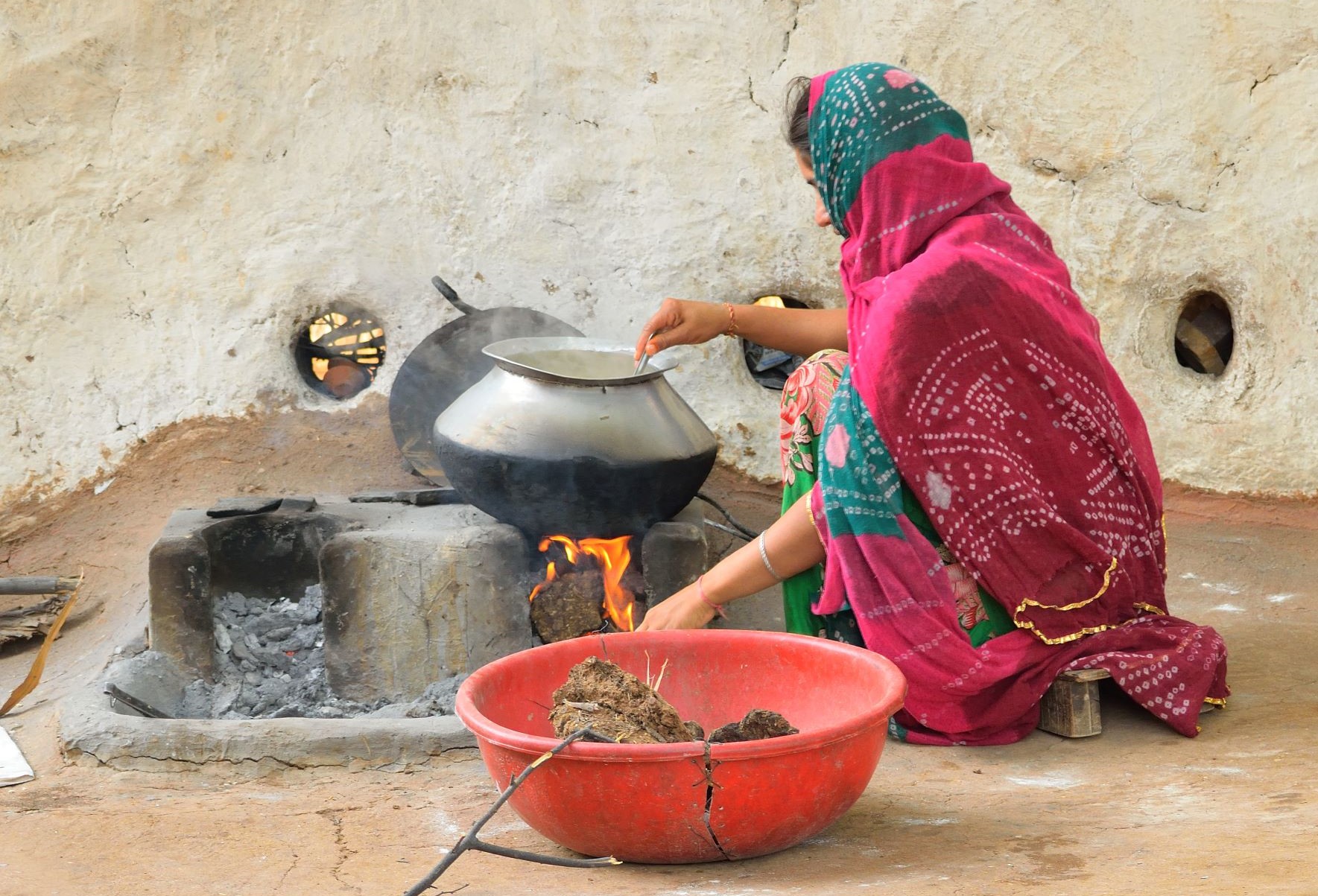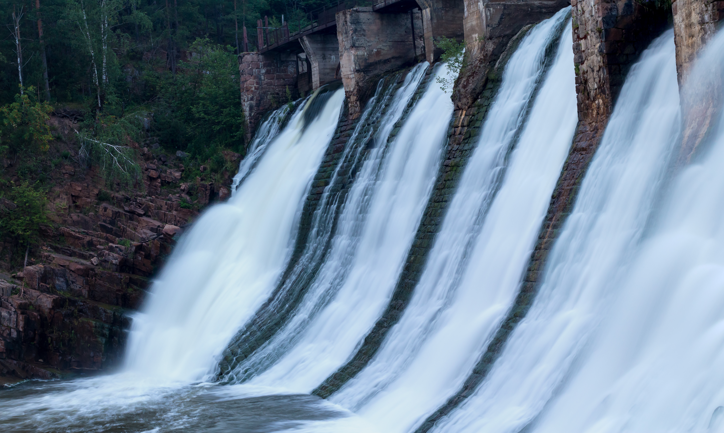
“Affordable and Clean Energy” is the topic of this unit.



Let’s get started.




| 1. | According to the passage, what would happen if the lack of access to sanitation services continues? |
| Answer: |


| 2. | Did you do your research on the sub textbook? Did you find the activity for water and sanitation issues? Please tell me what you feel about it. |




In the next part, we are going to learn about “Affordable and Clean Energy”.
次のパートからは、「エネルギーをみんなに、そしてクリーンに」について学習を進めましょう。

| 1. | Where is India? A, B or C? |
| The answer is _________. |



| 2. | What can you see in the pictures? Please describe as many as you can from each picture. |
 |
 |
| Answer: |






|
well-being 幸福
Using charcoal to cook is harmful to our well-being.
|

|
crop 作物
Coffee beans and rice are the main crops grown for export.
|

|
hydropower 水力式
Local farms in the area have petitioned to use hydropower as their renewable energy source.
|

|
renewable 再生可能エネルギー
Farmers are being encouraged to use renewable energy source.
|




| 1. | Using sustainable energy is good for our _______________. |
| 2. | Farmers have reported an increase in good _______________ this year. |
| 3. | _______________ stations are needed in the fields to improve the farmers’ operations. |
| 4. | _______________ energy benefits food production. |




Then, let’s move on to the next part.

In 2012, 4.3 million people died as a result of indoor air pollution caused by the use of combustible fuels for household energy. Women and girls account for 6 out of every 10 of these. Noncommunicable diseases such as strokes, lung cancer, and other life-threatening illnesses are caused by household air pollution.

Furthermore, energy is a major contributor to climate change, accounting for roughly 60% of global greenhouse gas emissions.



| 1. | What percentage of the global population still lacks access to modern electricity? |
| Answer: |


| 2. | According to the passage, what does househould air pollution cause? |
| Answer: |


Innovative farmers have turned to using biofuel to grow their crops. Growing biofuel crops is considered renewable because the plants can be replenished quickly and easily.
Solar energy is clean, renewable energy that can be used for heating water, buildings and barns, and for creating power to operate farming equipment. A Northeast farm can grow greens throughout the winter, including tropical fruits, using solar power. Wind energy, on the other hand, is the world’s fastest-growing energy technology. The wind’s force is converted into mechanical power or electricity that many farmers use for water pumps.



| 1. | Based on the passage, why is growing biofuel crops considered renewable? |
| Answer: |


| 2. | What is the world’s fastest-growing energy technology? |
| Answer: |




If you have any questions, please ask me.


| 1. | When do you use electricity? |
| Answer: |


| 2. | What would be the problem if you could not use electricity? |
| Answer: |




